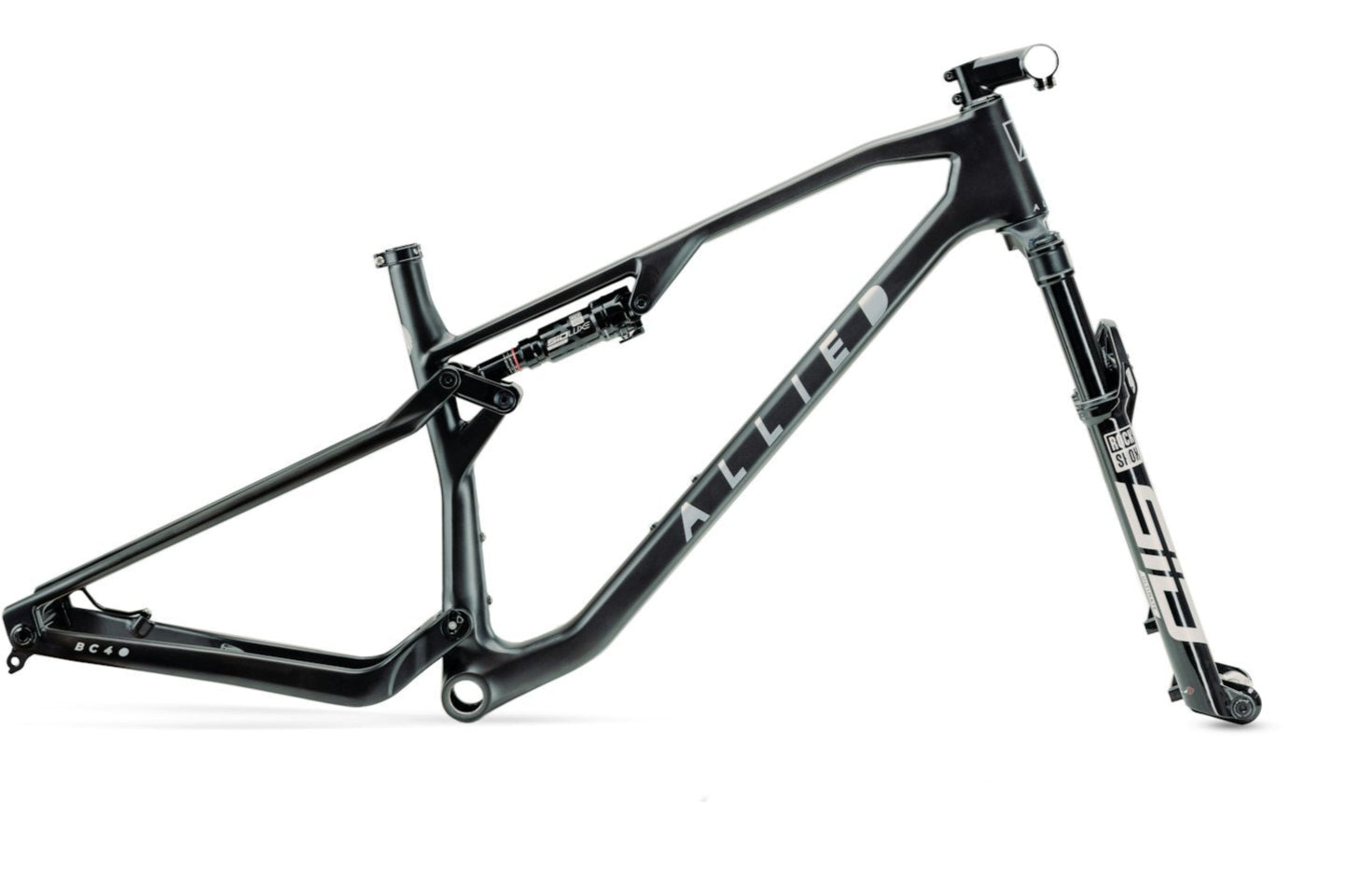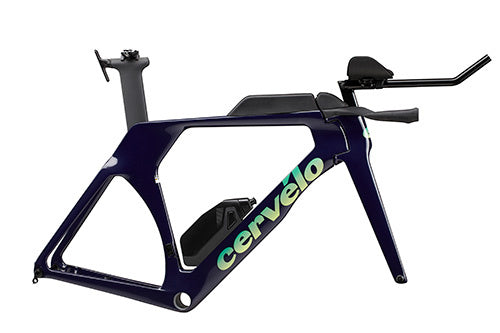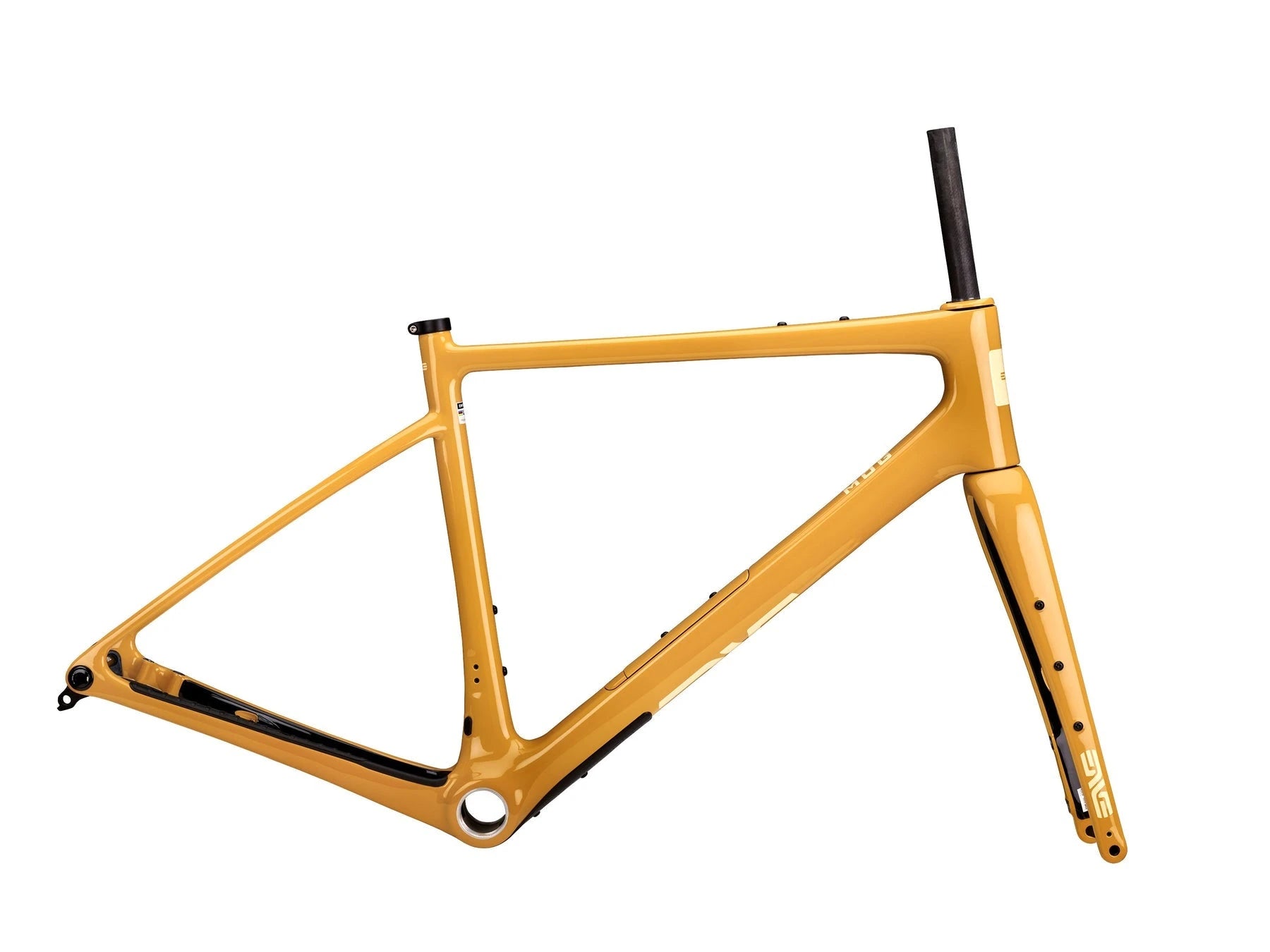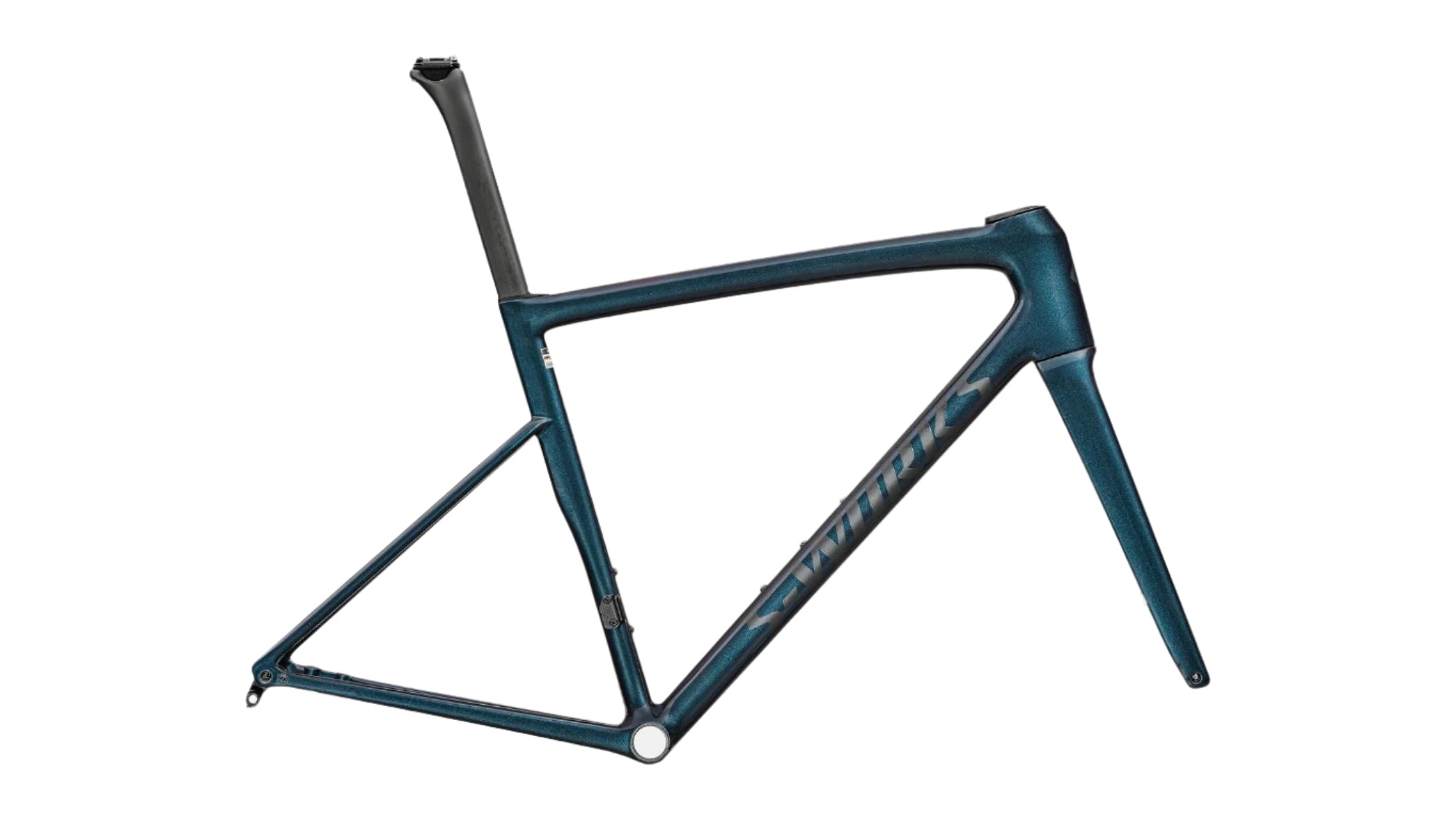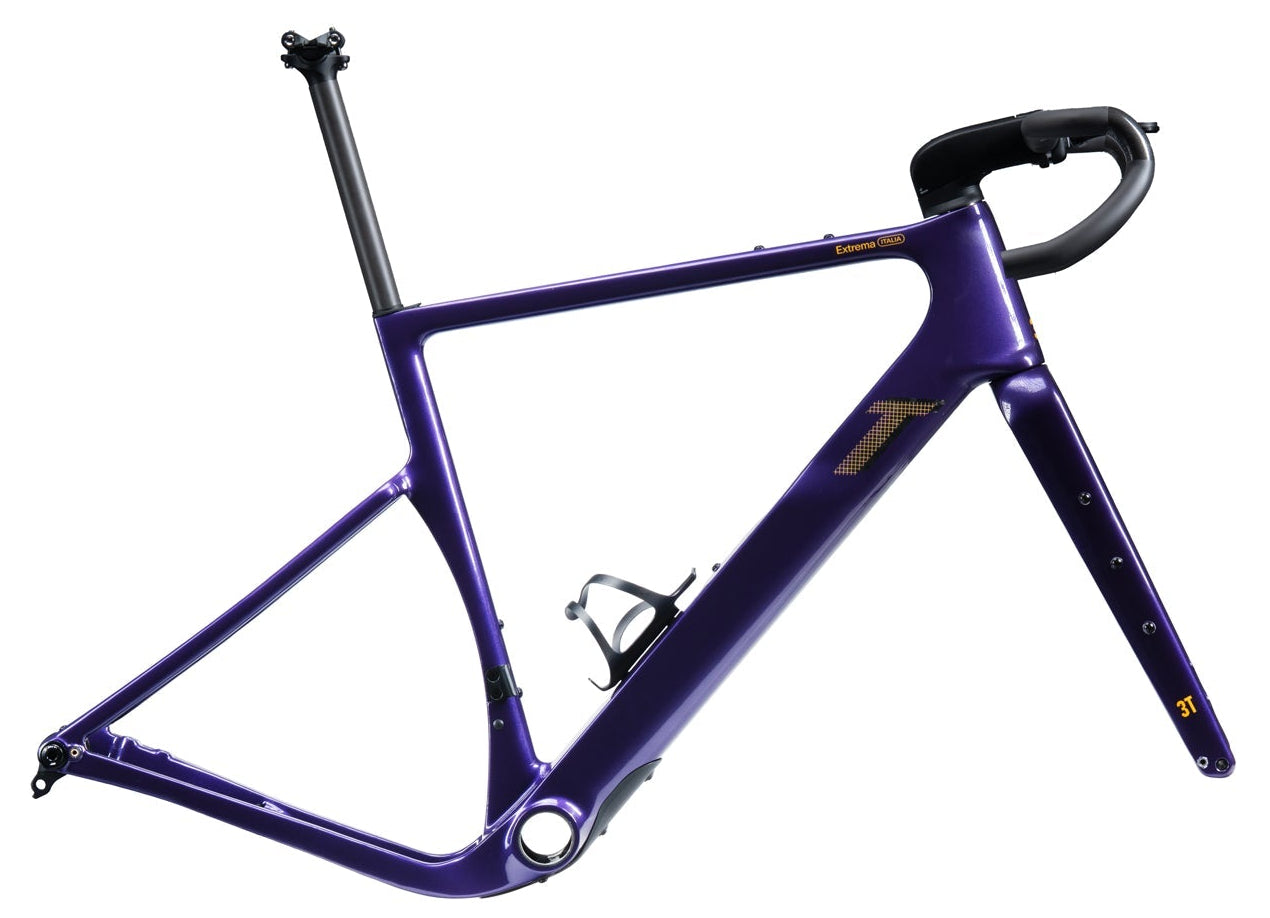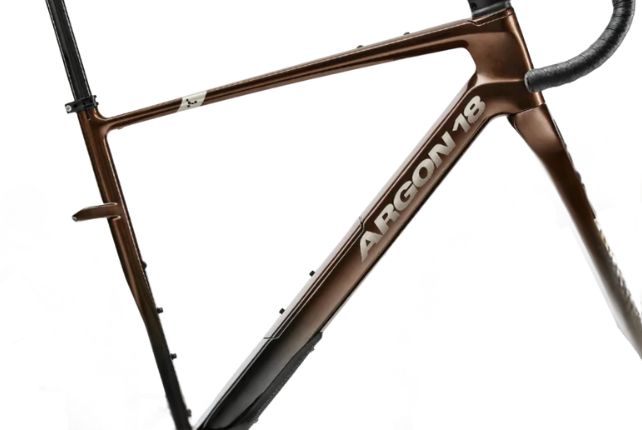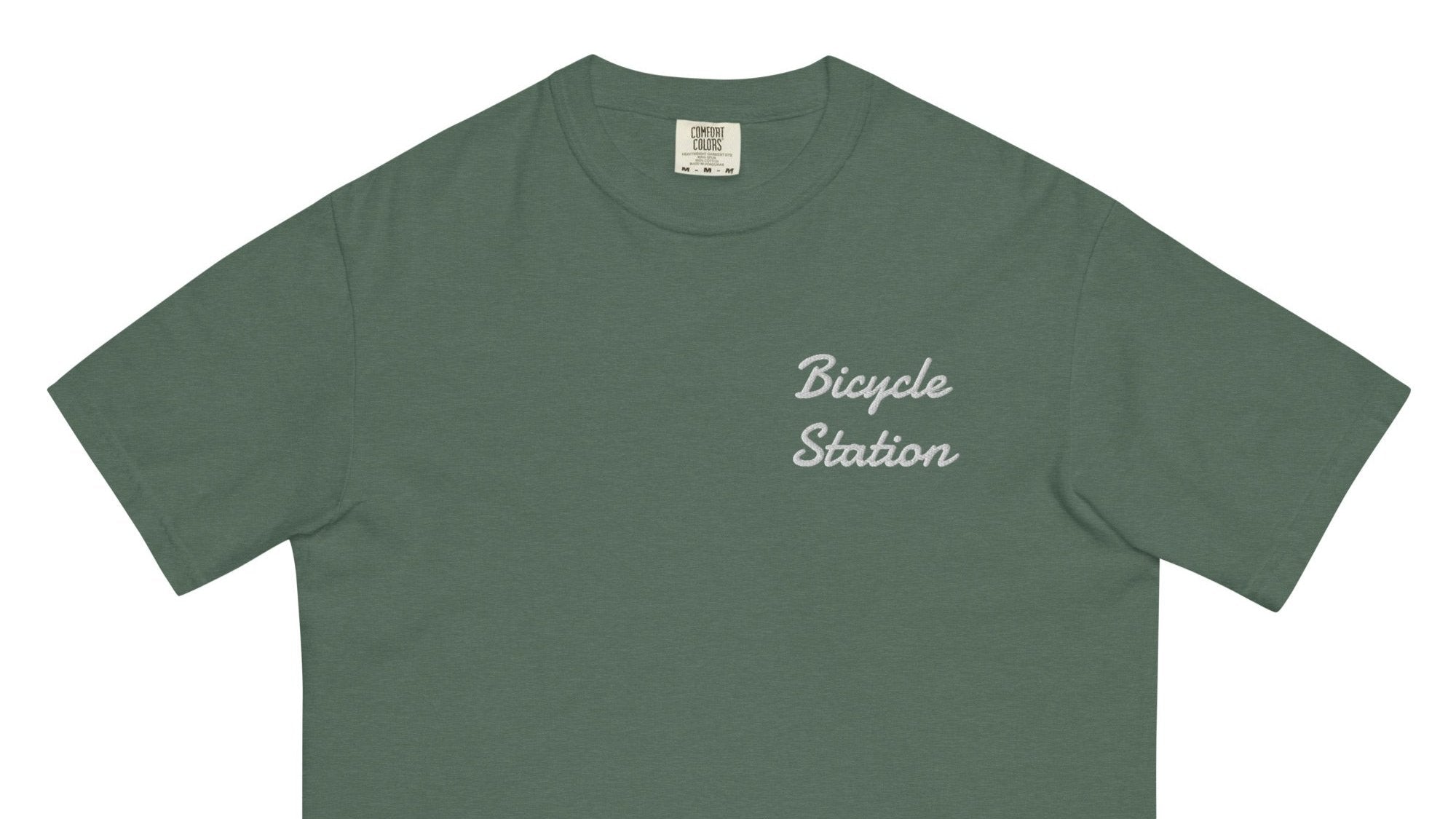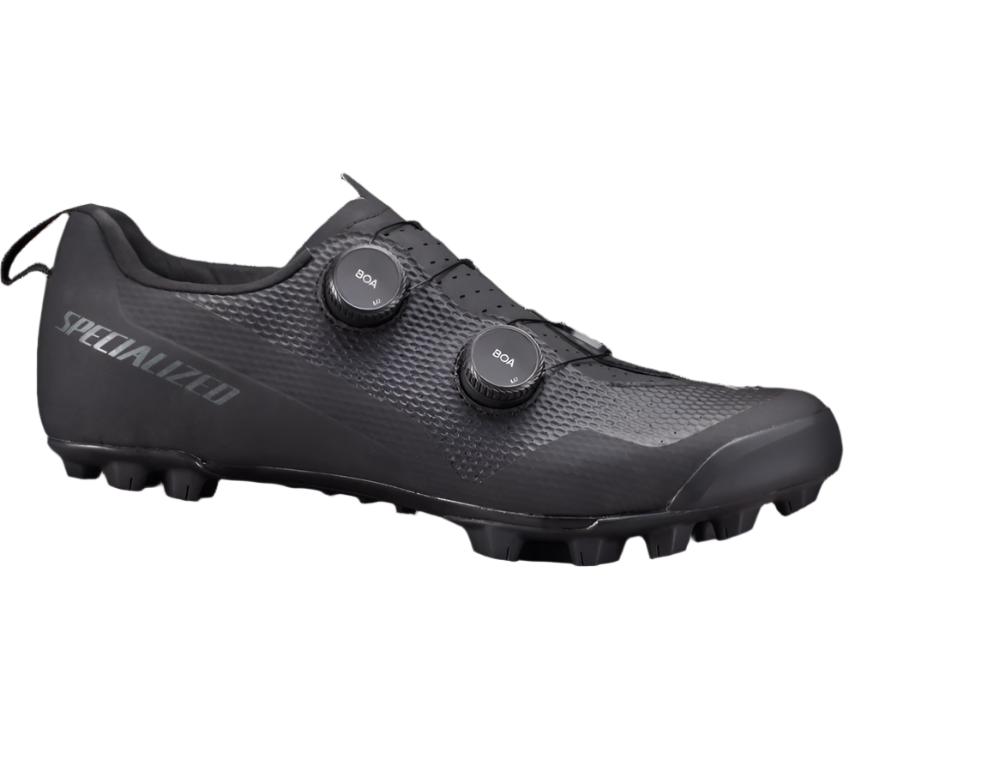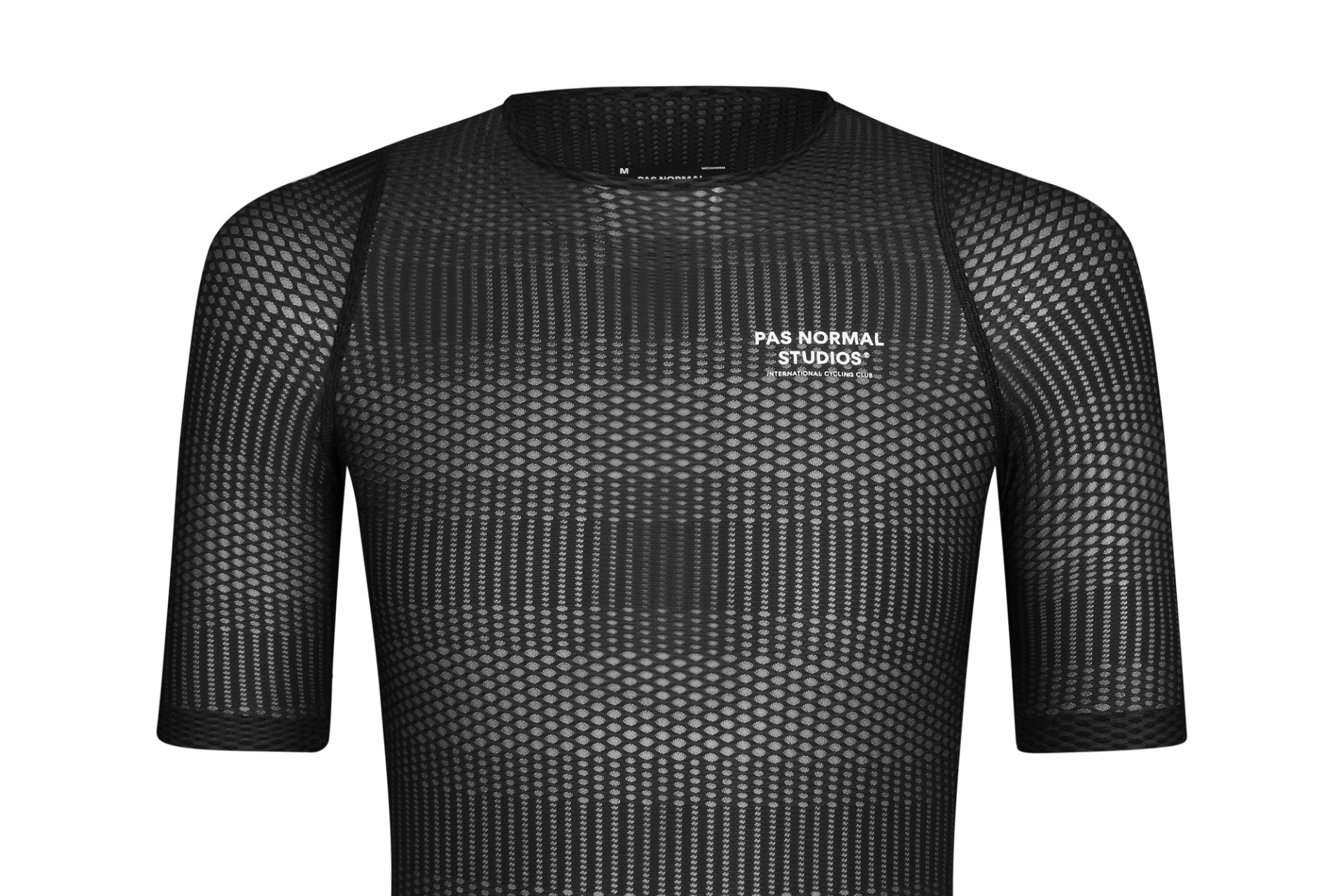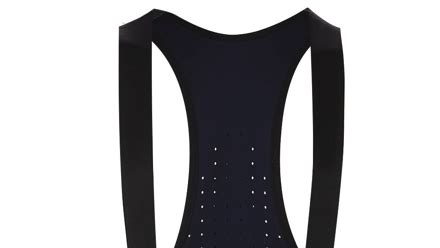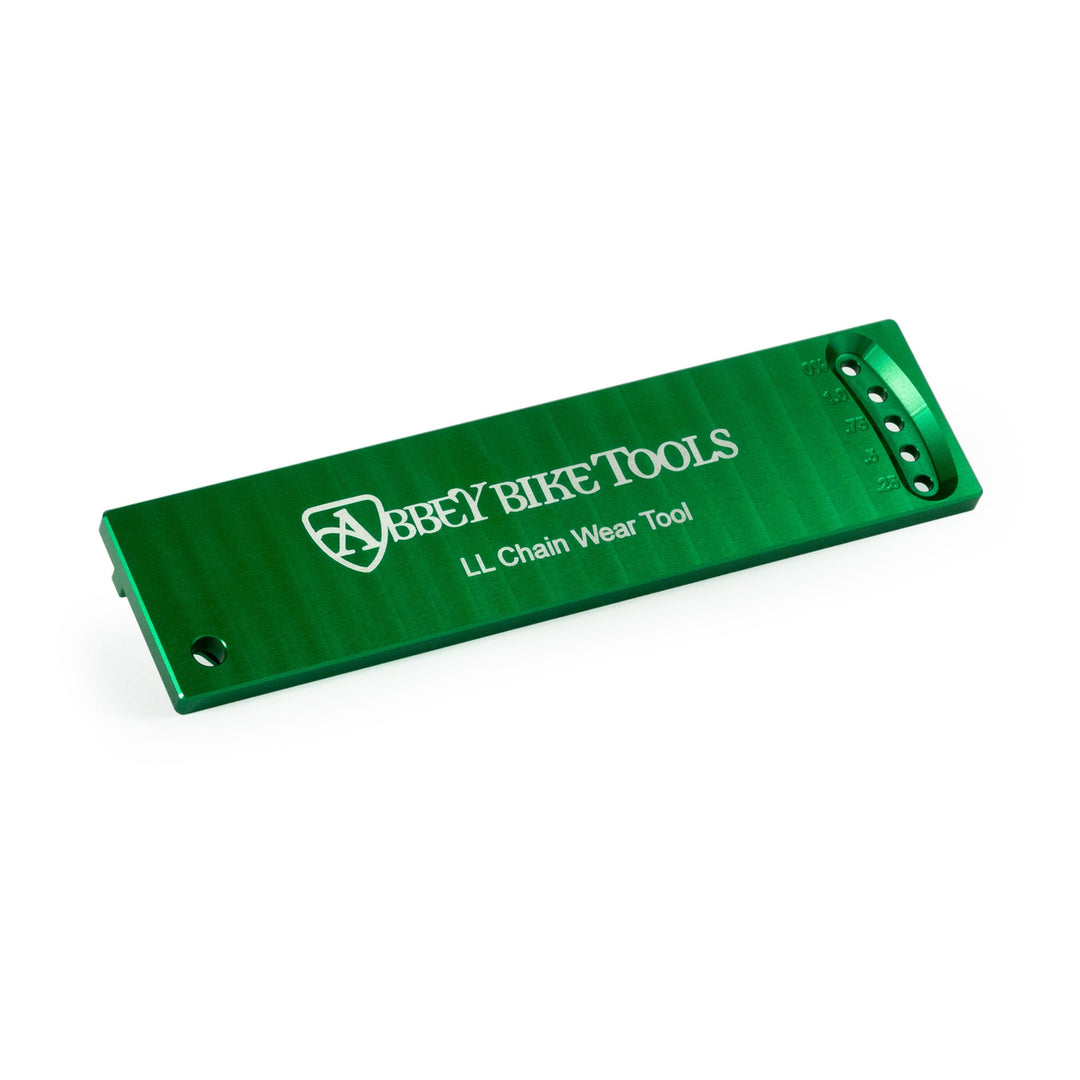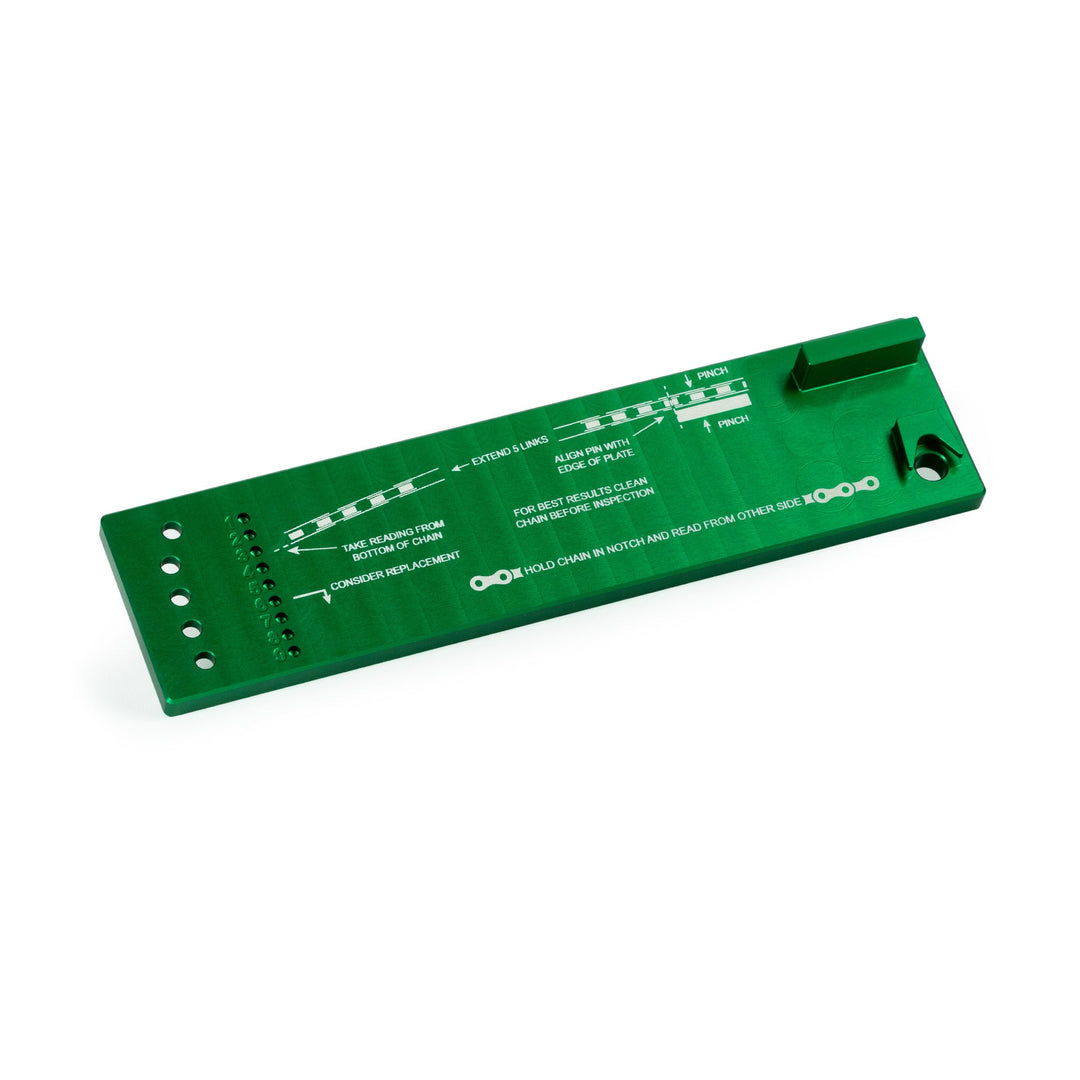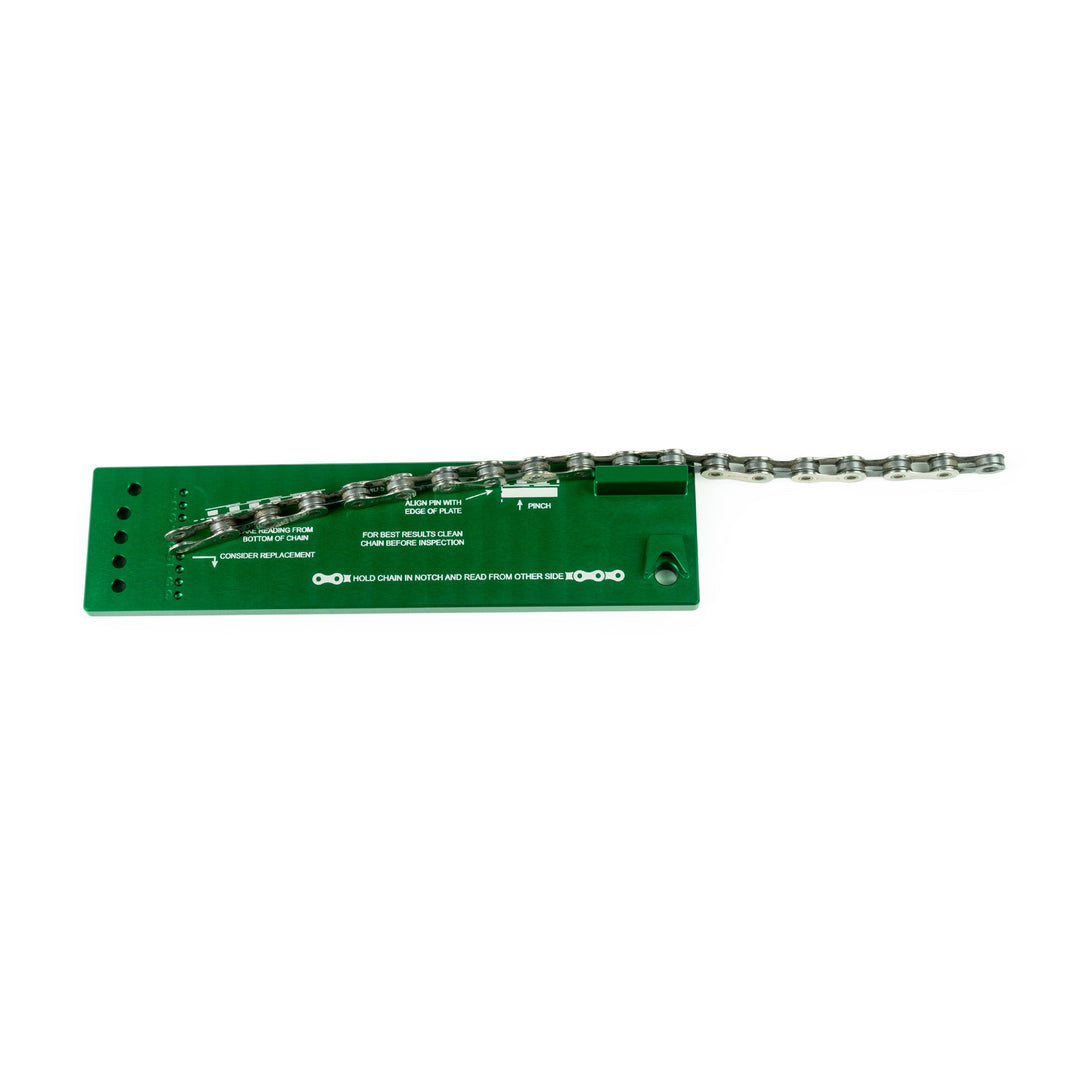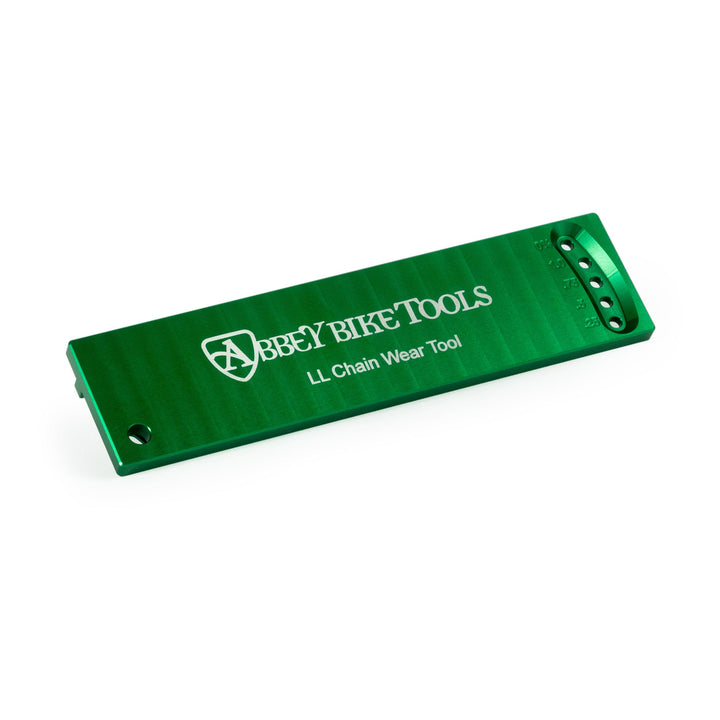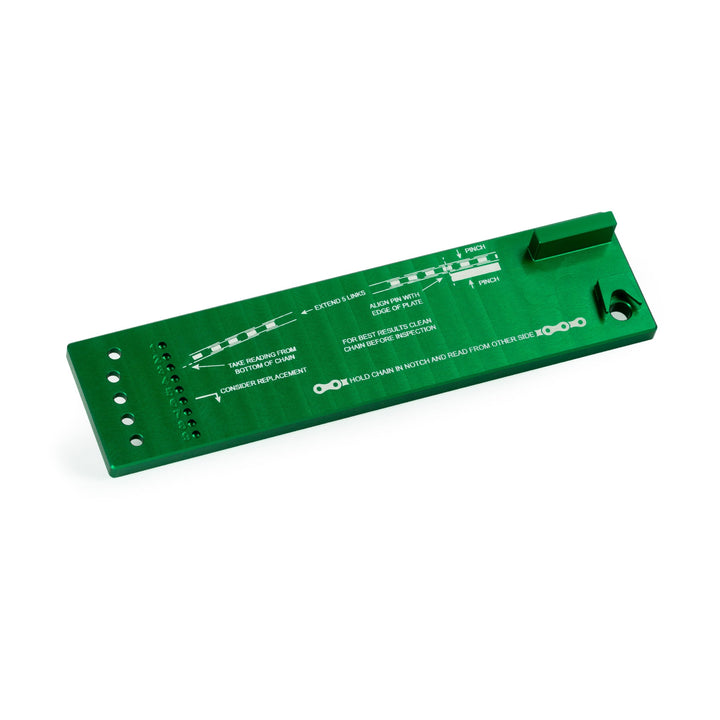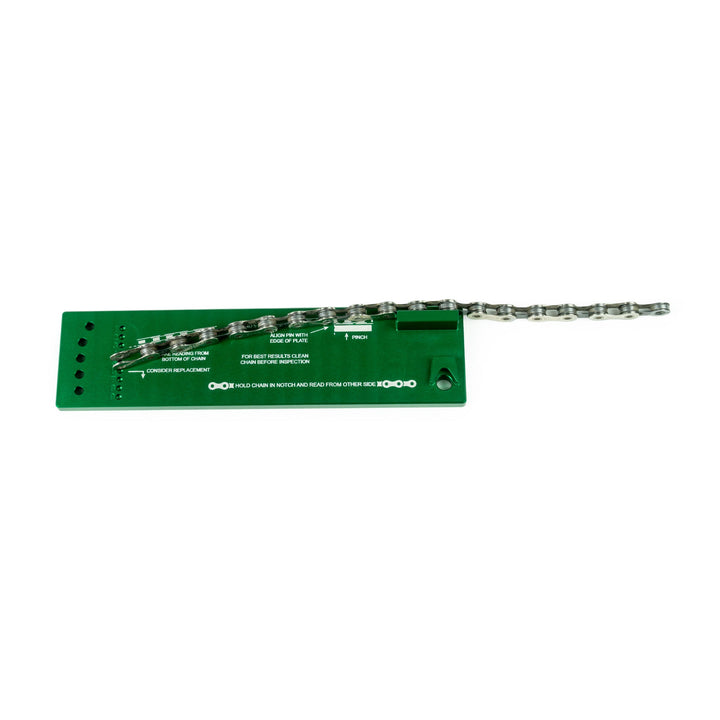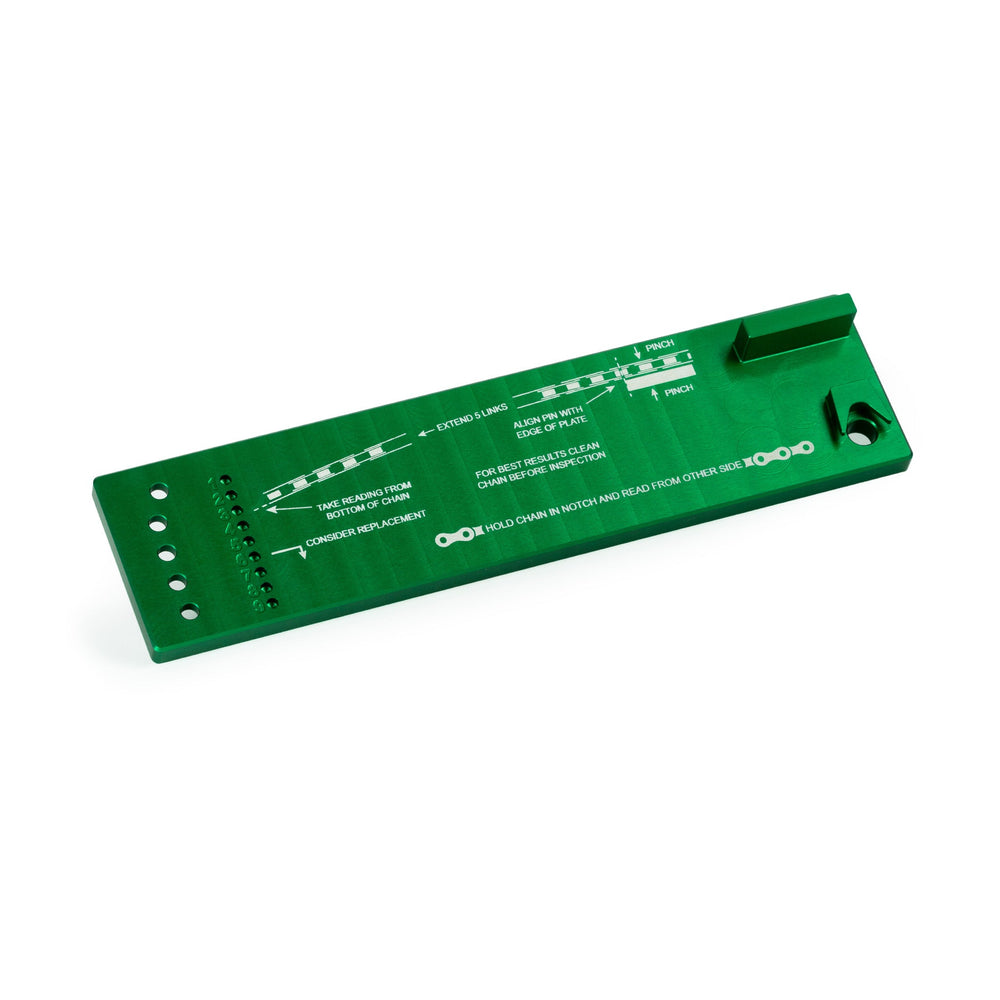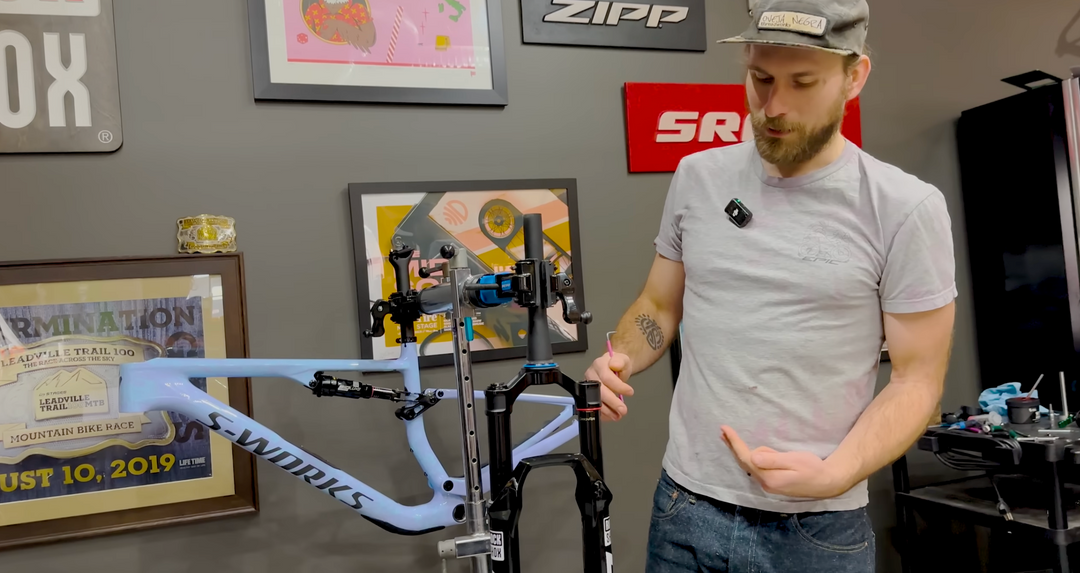Abbey Tools LL Chain Wear Tool
- Low stock - 1 item left
- Special order, please allow for extra time to ship
Chain wear has become a little more complicated ever since 1x drivetrains have gained popularity. These drivetrains are designed to cross chain, something most of us were taught to avoid when we started riding bikes as a serious endeavor. Add to that the variables that flat top chains have brought into the market with their larger rollers and things got pretty messy. Problem is, everyone is ignoring these small but significant issues.
What are the issues with measuring chain wear? Well there's a couple of them, the biggest is the diameter difference of SRAM's flat top chains found on most of their modern drivetrains. The rollers on these chains are .010" (.254mm). Now that doesn't sound like a lot but when you do the math to convert that to a percentage of wear over 5 links that's a .2% difference. When we're replacing chains between .5-.7% of wear that .2% can easily be the difference between replacing just a chain and and entire drivetrain. But wait, there's MORE! Most chain wear tools currently on the market are laser cut metal. This is a pretty cool process that's great for making sheet metal parts, problem is the accuracy of this process isn't great at +/-.010" (.254mm). If you add the error of the tool itself to the roller variable it's possible to double the error of the tool.
The Abbey Chain Wear Plate is our latest application of precision to cycling tools. We set out to not only build a tool that handled the variance of roller diameter when measuring chain wear but also measure lateral wear, something nobody's bothered to do, until now. Linear wear or stretch as it's commonly called is measured by locating both sides of the roller in a V shaped notch which allows us to locate the center of the roller accurately regardless of it's size. Then you line up the pin on with one of 5 holes on the opposite end. This also prevents roller wear from influencing the measurement. It's as simple as that.
To measure lateral wear, the chain will need to be off the bike. Then simply pinch the chain against the boss and hold it vertical and see how far it sags. Anything below a 6 isn’t shifting well and a new chain will improve shifting quality.
The other big thing we tackled with this tool is the accuracy of the tool itself. Most chain wear tools on the market are cut with a laser, which is a nice process that we use for parts like our Fit Kit and Stu Stick. However it's not all that accurate with the repeatability of these machines can be around +/-.010. That just isn't good enough for tools of this nature to be frank. We instead made the decision to CNC our tool from a billet to give it the durability and accuracy this tool deserves. Since we actually make these in house we also had complete control over the process and are able to hold tolerances as tight as .0002"(.005mm). Admittedly, that might be a bit overkill for the application but it's not really that difficult to do, if you actually care.
Shipping:
- We offer free US domestic shipping on all accessories, components, and clothing over $200.
- For complete bikes, we offer free US domestic shipping on orders over $1,500. There's a flat rate shipping charge of $150 for bikes under $1,500.
- Please allow 5-7 standard business days (Monday - Friday) for order processing and shipping. All orders are shipped Monday - Friday.
- For questions about expedited shipping and local delivery, please reach out to us at sales@thebicyclestation.com.
Returns:
- All items on sale or used products are final sale and cannot be returned.
- Please start all returns here by logging into your account.
- Deposits can be transferred to different products but are 25% non-refundable unless the product has already been ordered and shipped by the manufacturer in which case they are non refundable, only transferable. All special orders placed through the website or in the shop have a 25% restocking fee.
- At this time, we cannot ship complete bikes, stay tuned for this to change. Thanks!
- Please allow 5-7 standard business days for order processing after we receive the item back.
- Returns are accepted within 30 days of when your order was placed. We will only issue refunds for returns that have not been installed or used. All original packaging materials must be included and in new condition. If there were any tags, they must still be attached.
- Item(s) must be shipped back in the same type of packing as when you received it from us. Do not ship anything back in the manufacturer's box with any writing or shipping labels on the product box.
- If the product has been installed or used, if the package is missing original items, or if the product box had been damaged or if the quality has been reduced the item will not be eligible for a refund. At our discretion, some of these items may be accepted with a restocking fee since that item will not be able to be resold as new. In certain cases if an item has been returned to us with extensive damage or use we may not be able to refund any of the purchase price.
- If you are unsure about the condition of a product you would like to return, please contact us prior to shipping your item(s) back to us.
- Bicycles and frames are not eligible for returns or exchanges. If your item(s) were damaged in shipping, please email us at sales@thebicyclestation.com immediately upon opening with photos of the damage.
- Please do not return your purchase to the manufacturer.
- We will not refund you the cost of your return label or the original order's shipping costs.
Refunds (if applicable):
- Once your return is received and inspected by The Bicycle Station, you will be notified of the approval or rejection of your return once the item(s) are received and inspected. We will then issue a refund.
- If approved, your refund will be processed and a credit will be applied to the original method of payment within 5-10 business days, subject to the time it takes your bank to process the refund.
- Late or missing refunds (if applicable)
- If you still haven't received your refund, contact your credit card company as it may take a few days for processing before your refund is posted.
- If you have done this and still have not received your refund, email us at sales@thebicyclestation.com.


